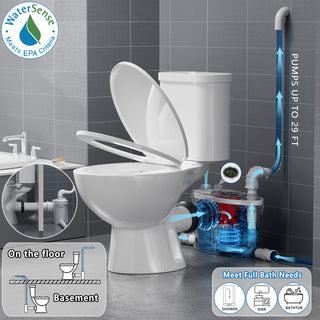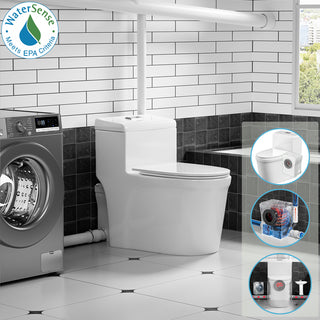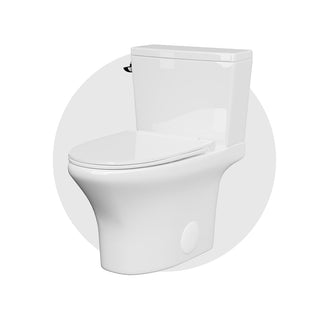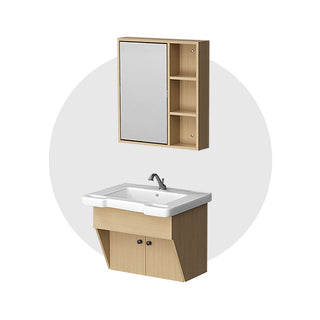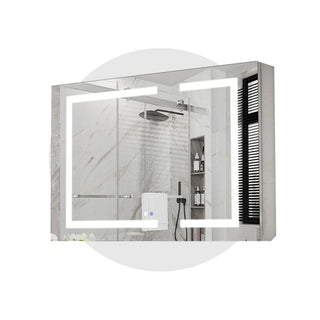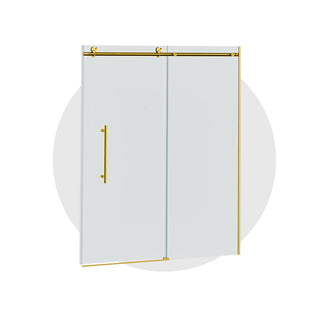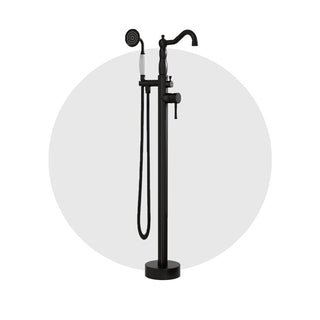Trapway size doesn’t just influence a toilet’s design—it can change how often you deal with clogs, how fast your bowl clears, and how well your flush system performs.
If you’ve narrowed your choices to a few models but aren’t sure whether 2⅛″, 2⅜″, or 3″ trapways make a real difference, this side-by-side breakdown is for you.
Let’s explore how each common trapway diameter performs, what type of users they best serve, and whether the extra width is worth the investment.
I. Trapway Size: Not Just a Number
Most residential toilets feature trapways ranging from 2″ to 3″, and some commercial-grade models even go up to 4″. While all meet the minimum code requirements, their performance and reliability differ significantly.
👉 In real-world use, even a small increase—say from 2⅛″ to 2⅜″—can affect:
- How much waste can pass per flush
- How often a plunger is needed
- Compatibility with low-flow systems
II. Common Toilet Trapway Sizes: Comparison Table
|
Trapway Size |
Best For |
Common In |
| 2″ |
Budget models, rarely sold today |
Very old or ultra-compact toilets |
| 2⅛″ |
Light-use bathrooms, small homes |
Entry-level elongated toilets |
| 2⅜″ |
Most homes, ADA-height models |
Mid-range and tall toilets |
| 3″ |
High-use, multi-person households |
Premium or performance models |
| 4″ |
High-traffic commercial restrooms |
Commercial-only toilets |
III. Does a Bigger Trapway Always Perform Better?
Not always. The design of the trapway matters just as much as its size.
💬 Based on customer feedbacks:
|
Trapway |
User Feedback |
| 2″–2⅛″ |
Still widely used in many compact or standard toilets. With proper bowl design and a well-matched flush system, they work reliably in daily use. |
| 2⅜″ |
Considered a balanced size—more forgiving with bulk waste, and ideal for water-saving dual flush systems. |
| 3″ |
Offers strong flush performance and clog resistance, especially in homes with higher usage or aging plumbing. |
| 4″ |
Rare and mostly used in commercial-grade toilets. Can handle high waste volume but may be unnecessary in residential settings. |
🧪 Real-world test results (from manufacturer specs and reviews) often show 2⅜″ glazed trapways outperforming poorly glazed 3″ ones. So don’t go by size alone—finish and shape matter too.
IV. Brand Examples and Their Use Cases
Here are examples of well-known toilet models and the trapway sizes they typically offer:

|
Brand & Model |
Trapway Size |
Notes |
| TOTO Drake II |
2⅛″ |
Features a powerful Tornado Flush system; trapway size varies by model. |
| American Standard Champion 4 |
2⅜″ |
Uses a wide 2⅜″ fully glazed trapway with a 4″ flush valve for strong flush power. |
| Kohler Cimarron |
2⅛″–2⅜″ |
Standard comfort-height toilets with Class Five flushing technology. |
|
Simple Project ELEMAZ Tall Toilets |
2⅛″–2⅜″ |
Extra-tall comfort toilets designed for clog resistance and easy flushing. |
| Convenient Height Extra Tall Toilet |
2⅛″ |
Narrower trapway, but paired with a higher flush volume for strong performance. |
V. Bigger Trapways: Myths & Misunderstandings
|
Concern |
Truth |
| "Larger trapways waste water" |
No—water usage is tied to GPF rating, not trapway width |
| "Bigger = better always" |
Not if bowl design or flush valve is poor |
| "Larger trapways are noisier" |
Only if the flush is unregulated or high-pressure |
✅ Flush performance is a system—water volume, flush valve, (full glazed) trapway, and bowl geometry must work together.
VI. Which Trapway Size Is Right for You?
| If you want… |
Choose… |
| Best balance of flush power + efficiency |
2⅜″ |
| Compact model for small bathrooms | 2⅛″–2⅜″ |
| Plunger-free experience in a busy home |
2⅜″-3″ |
| Commercial or rental durability | 2⅜″-3″+ |
| Seamless dual-flush performance | 2⅜″ with 1.28 GPF |
Final Thoughts
Instead of asking, “What’s the biggest trapway I can get?”, a smarter question is:
“What size fits my home’s needs, budget, and usage patterns?”
Most households will do well with a 2⅜″ fully glazed trapway, while high-use bathrooms may benefit from a 3″ design. And for rare cases, commercial toilets with 4″ trapways offer unmatched power—but may be overkill at home.
FAQ
Q: Is 2⅜″ better than 2⅛″?
Yes—especially for modern low-flow toilets. It clears better with less water.
Q: Are wider trapways harder to install?
No. All connect to the same standard floor flange.
Q: What’s the most clog-resistant size?
For most homes, a 2⅛″ or 2⅜″ fully glazed trapway with a properly sized flush valve offers reliable, clog-free performance—no need to go bigger.


